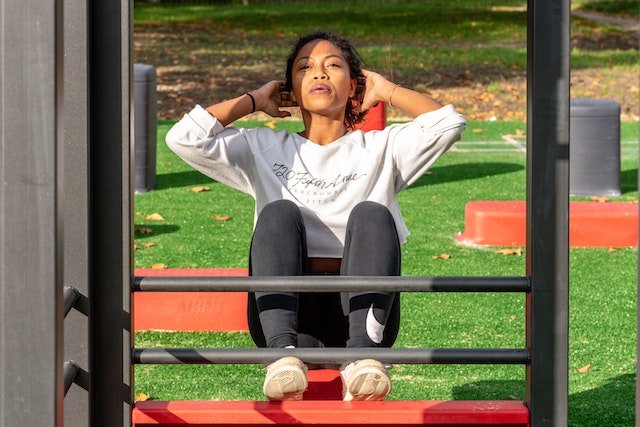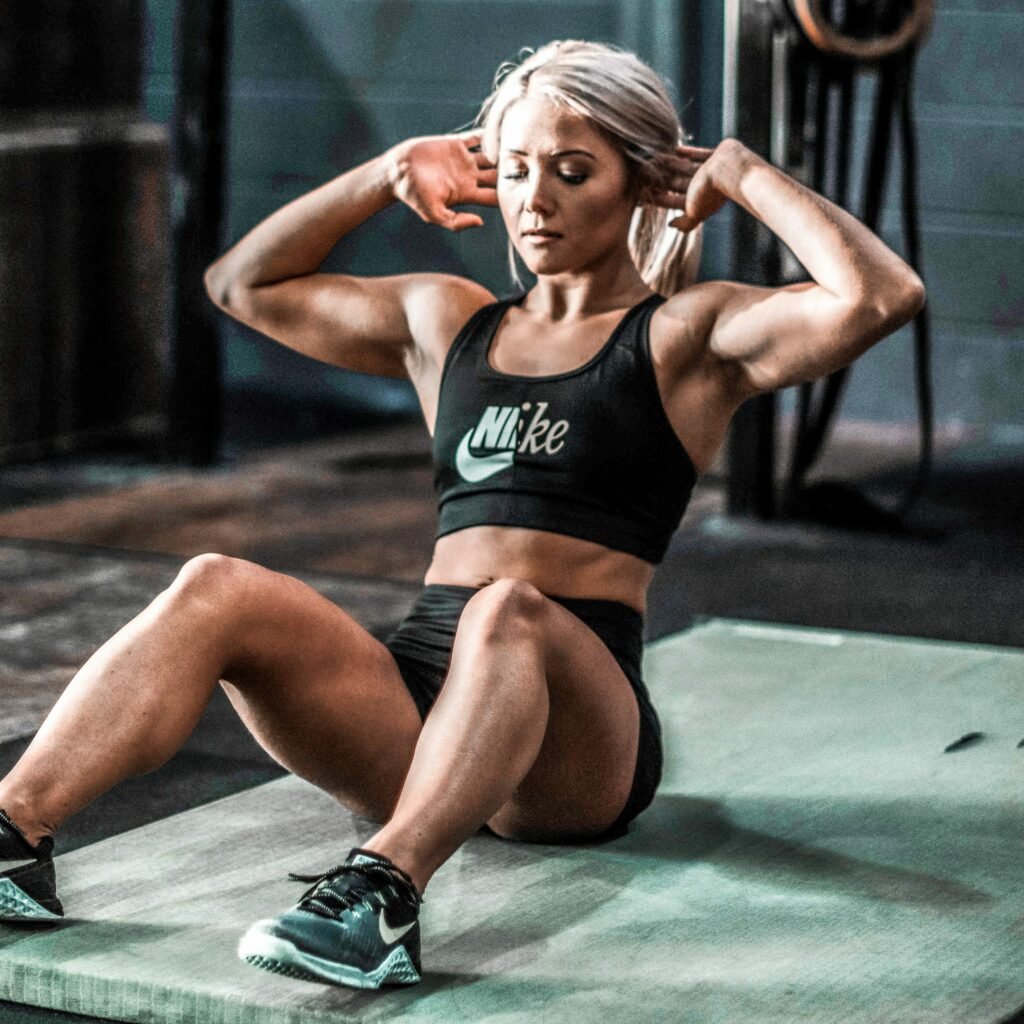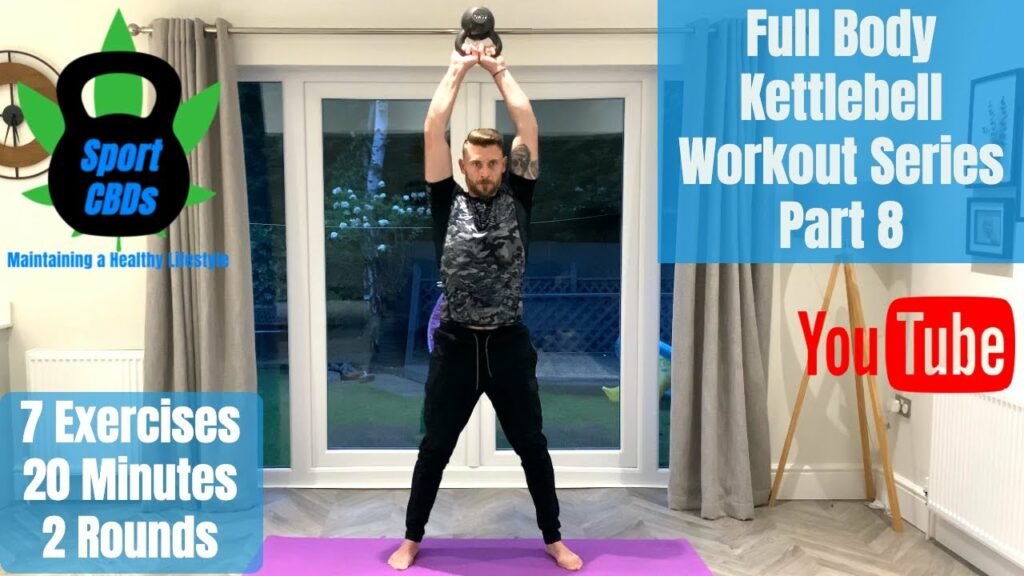
Why Do Sit Ups Hurt My Thighs? 12 Crucial Things To Consider
Do you ever do sit-ups and afterwards feel pain in your thighs? If so, you’re not alone.
Many people experience this discomfort, and yet it’s often a mystery to them why it happens.
It leaves you wondering “why do sit-ups hurt my thighs”.
The truth is, there are a few reasons why this pain can occur.
In this blog post, we’ll take a look at what might be causing the pain and offer some tips for avoiding it. So keep reading if you want to find out more!
Why Do Sit Ups Hurt My Thighs?
Sit-ups can hurt your thighs for a number of reasons. The first reason is that you may be using the wrong muscles when you do sit-ups. If you’re using your quads or hip flexors instead of your abs, then this can lead to pain in your thighs. Another reason why sit-ups might hurt your thighs is that you’re not using proper form. If you’re bouncing up and down or if your posture is off, then this can also cause pain. Additionally, sit-ups can hurt your thighs if you have weak abs, this is because your abs are not able to provide proper support and stability, which can lead to pain in your thighs. If you are hooking your feet under an object for stability, this can also cause pain. Furthermore, if you are doing sit-ups on a decline bench, this can also lead to pain in your thighs. Finally, sit-ups can also hurt your thighs if you do them too close to leg day. If you do a leg workout the day before and then do sit-ups, this can cause pain in your thighs.
Now let’s look at these points more carefully and find ways to avoid pain, so you can get back to sit-ups without any issues.
What muscles do sit-ups use?
When you do sit-ups, you should be using your abs, which are made up of the rectus abdominis, external obliques, and internal obliques. These muscles help to flex the spine and move the trunk of your body.
The abs are important for stabilizing your spine and keeping your posture correct. If you’re using other muscles when you do sit-ups, such as your quads or hip flexors, then this can lead to pain in your thighs. This is because these muscles are not meant for the same type of movement as the abs.
Using quads to do exercise
The quads are the large muscles on the front of your thighs, which are made up of the rectus femoris, vastus lateralis, vastus intermedius, and vastus medialis.
These muscles are responsible for knee extension, which is when you straighten your leg out. This type of movement is not the same as the ab movement in a sit-up, which is flexion.
When you use your quads to do sit-ups, it can put a lot of strain on the muscle and lead to pain. This is because the quads are not meant to do this type of movement.
They’re not as strong in flexion movement as the abs are. Also, if you aren’t familiar with how to use your quads during a sit-up, then this can also lead to pain.
So if you’re using your quads to do sit-ups, it’s likely that this is the cause of your pain.
Using hip flexors to do exercise
The hip flexors are the muscles that attach your thigh to your trunk. They’re located in the pelvis and lower back. There are a few different hip flexor muscles, but the most common one is the iliopsoas muscle.
This muscle is responsible for hip flexion, which is when you bring your knee up towards your chest. This type of movement is similar to the ab movement in a sit-up. However, the hip flexors are not as strong as the abs in this type of movement.
So if you’re using your hip flexors to do sit-ups, it can put a lot of strain on the muscle and lead to pain.
This is because the hip flexors are not meant to do this type of movement. They’re not as strong in flexion movement as the abs are.
Also, if you aren’t familiar with how to use your hip flexors during a sit-up, then this can also lead to pain.
If you’re experiencing pain while doing sit-ups, it’s likely due to the fact that you’re using your hip flexors.
Hooking feet for stability
If you’re hooking/anchoring your feet under an object for stability, such as a couch or chair, this can also cause pain in your thighs.
This is because when you hook your feet, it puts a lot of pressure on the muscles and tendons in your feet. This can lead to pain and discomfort.
Hooking your feet under an object is usually done when people are new to doing sit-ups because it helps them to keep their feet from moving. It also serves as a counterweight to help you sit up.
However, as you get stronger and used to doing them, you won’t need to hook your feet under an object for stability. You can simply place them flat on the ground.
Even though it’s super tempting to hook your feet under something when you first start doing sit-ups, try to avoid it if you can. It’s not necessary and it can lead to pain in your thighs and you dont want to rely on it.

Are you using a decline bench?
It’s possible that doing decline sit-ups on a bench will cause discomfort in your thighs.
This is because when you’re on a decline bench, your legs are higher than your trunk. This puts a lot of strain on the muscles and tendons in your thighs.
If you aren’t used to doing sit-ups and you are using one of these benches, your not only battling to do the exercise correctly but your also fighting against gravity trying to lift your body at this angle.
Additionally, the decline bench puts your body in an awkward position which can lead to pain. If you’re new to doing sit-ups on a decline bench, it’s best to start slow and gradually increase the number of reps that you do.
You may want to try doing flat sit-ups or sit-ups on an incline bench until you get strong enough to do them on a decline bench.
Doing too many sit-ups on a decline bench can lead to pain in your thighs, so it’s important to build up gradually.
Related: Why Do I Feel Weaker Instead Of Stronger Every Time I Work Out? Revive Your Gains
Are you stretching?
Stretching is an important part of any exercise routine, but it’s especially important when doing sit-ups.
This is because when you do sit-ups, you’re using a lot of the muscles in your trunk and lower body. If you don’t stretch these muscles before and after doing sit-ups, they can become tight and painful.
Some good stretches to do before and after sit-ups are: the Cobra pose, the Bow pose, and the Cat-Cow pose.
Additionally, you can try doing some foam rolling to help loosen up the muscles in your trunk and lower body.
Not stretching before and after doing sit-ups can lead to pain in your thighs, so be sure to add some stretches to your routine.
Use proper form
It’s important to use proper form when doing any type of exercise, but it’s especially important when doing sit-ups.
This is because if you’re not using proper form, it can lead to pain in your thighs and a variety of other muscles too, as well as causing injuries.
When doing sit-ups, be sure to: keep your back straight, tuck your chin to your chest, engage your abs, and exhale as you sit up.
Additionally, be sure to go at a pace that is comfortable for you and to listen to your body. If you’re doing sit-ups and you start to feel pain, stop immediately and reassess your form.
It’s better to do fewer reps with proper form than it is to do more reps with incorrect form.
Other things to look out for when making sure you are using the proper form are:
Poor posture – having a poor posture can lead to lower back pain or putting too much strain on your neck by tucking your chin too far down to your chest.
Bouncing – Using momentum to bounce up and down while doing sit-ups is also another sign of poor form because this puts unnecessary strain on your lower back and can cause pain.
Additionally, when doing sit-ups, be sure to move slowly and deliberately. This will help you engage your abs more and prevent pain in your thighs.

Leg session the day before?
If you had a leg session the day before doing sit-ups, this could be the reason why your thighs are hurting.
This is because when you do a lot of squats or leg exercises, it can lead to soreness in your thighs. Additionally, if you worked your legs really hard the day before, this can also lead to pain.
If you had a leg session and you’re now doing sit-ups, it’s important to take it easy. Don’t try to do too many reps and be sure to focus on your form.
Additionally, you may want to try doing some stretches or foam rolling to help loosen up the muscles in your thighs.
Having a leg session the day before can lead to pain in your thighs, so be sure to take it easy when doing sit-ups.
Work out your fitness plan so that certain muscle groups have a day of rest in between, or make sure they don’t get worked out two days in a row. Also, try and make sure there’s no conflict between similar muscle groups that may compromise your range of motion.
For example, if you’re doing legs on Monday and abs on Tuesday, make sure there’s another day in between for those muscles to recover, or that you don’t work out your legs again until Wednesday.
Weak abs
I know you’re trying to do sit-ups to strengthen your abs, but if you have weak abs, this can also lead to pain in your thighs when doing sit-ups.
This is because when you have weak abs, they are not able to provide the proper support and stability you need to do the exercise competently. This can lead to pain in your thighs because the muscles are not being supported properly.
If you have weak abs, it’s important to focus on strengthening them. You can do this by doing exercises such as planks, sit-ups, crunches, and leg raises.
By building the strength in your abdominal region with these exercises, you’ll be able to do sit-ups with proper form and without pain in no time.
Related: Do You Squeeze Your Muscles Whenever You Exercise? 12 Crucial Factors To Maximise Gains
Is your upper torso too heavy?
When your upper body is too heavy, sit-ups can be painful for your thighs.
This is because when your upper torso is too heavy, it puts unnecessary strain on your thighs. Additionally, if your upper torso is too heavy, it can also lead to poor form when doing sit-ups.
This is because the weight you are trying to lift is too heavy for your abs to support, which makes your thighs pick up the slack and try to finish the exercise.
Gravity will also play its part in making the exercise more difficult if you are on the heavier side because the more weight you have, the more gravity will be pulling you down.
If your upper torso is too heavy, focus on losing weight and doing alternative abdominal exercises that won’t put as much strain on your thighs.
If you find that your upper torso is too heavy when doing sit-ups, it may be a good idea to try alternative exercises such as the ones mentioned above.
You can also try doing sit-ups with your feet elevated so that there is less strain on your thighs.
Are sit ups new to you?
If you’re new to sit-ups, this could also be the reason why your thighs are hurting.
When you first start an exercise, your body isn’t yet adapted to the movements which can cause discomfort.
It can take a while for your central nervous system to “get used” to the new movement. Additionally, your muscles may not be strong enough yet to properly support your body during the exercise.
Getting used to any exercise takes time and patience. It’s important to ease into it and not try to do too much too soon.
Additionally, when you’re new to an exercise, you may not have the proper form down yet. This can also lead to pain in your thighs because the muscles are not being used correctly.
If you’re new to sit-ups, it’s important to take it slow at first. Don’t try to do too many reps and be sure to focus on your form.
As you become more comfortable with the exercise, you can start to increase the number of reps you do.
Use a stability ball
If you find that doing sit-ups on the ground is too difficult or painful, you can try using a stability ball.
A stability ball is a great way to make sit-ups easier because it provides support for your back and takes some of the strain off of your abs.
Additionally, using a stability ball can help you to keep proper form when doing sit-ups. This is because the stability ball will force you to use your abs correctly in order to stay balanced.
When I say stability ball, I don’t mean one of those big exercise balls, I mean a small, inflatable ball that you can buy at any sporting goods store that’s meant for doing stability exercises.
If you can’t get hold of one of these, then a football or basketball will work just as well.
Final thoughts…
Sit-ups can hurt your thighs for a number of reasons. The first reason is that you may be using the wrong muscles when you do sit-ups.
If you’re using your quads or hip flexors instead of your abs, then this can lead to pain in your thighs. Another reason why sit-ups might hurt your thighs is that you’re not using proper form.
If you’re bouncing up and down or if your posture is off, then this can also cause pain. Additionally, sit-ups can hurt your thighs if you have weak abs, this is because your abs are not able to provide proper support and stability, which can lead to pain in your thighs.
If you find that sit-ups are hurting your thighs, there are a few things you can do to fix the problem. First, focus on using the correct muscles when you do sit-ups.
Second, be sure to use proper form. Third, try using a stability ball to take some of the strain off of your abs. And finally, if you’re new to sit-ups, take it slow at first and focus on doing a few reps with good form.
Have you experienced this problem and how did you get back on track? Let us know in the comments below.


